By: Dr. Elizabeth Eggert
How did this start?
For over 20 years Cathy has been a loyal patient with Eggert Family Dentistry and Dr. Elizabeth Eggert. Back in 2020 Cathy was having pain and she believed it to be due to her bony ridges growing on her lower right under her tongue. These bony growths are known as tori. Cathy noticed she had more pain in the evening and thought it was getting worse. Typically, tori aren’t dangerous, but they can be uncomfortable and inconvenient. They can also be linked to heavy forces being applied in your mouth. Dr. Elizabeth explained to Cathy that her bone was likely continuing to grow due to the heavy forces her muscles were placing on her teeth and bones. It was at that time that Cathy got serious about considering adult orthodontics because Dr. Elizabeth had mentioned the benefits of correcting her bite in the past and Cathy didn’t want to keep letting her muscles win!

What did Cathy want?
Cathy was not interested in removing the tori but was interested in Invisalign as an option for adult orthodontics. It was determined after a consultation with Dr. DeVoe that conventional braces were a better option for Cathy and so she agreed to follow his professional advice.
What was involved?
During orthodontic treatment, the wear pattern on Cathy’s teeth became more apparent because Dr. DeVoe had to choose whether to align her front teeth at her gum line or at the biting surface. Since Cathy shows a fair amount of gum tissue when she smiles, it was recommended to align the teeth at her gum level and change the tooth shapes with porcelain veneer restorations. Dr. Elizabeth talked with Cathy about how she could elect to only restore her front teeth and about the advantages, including color matching and tooth proportions, of restoring her six anterior teeth.
Cathy decided she wanted to change her tooth color and shape for all six of her front teeth and so Dr. DeVoe and Dr. Elizabeth coordinated her final orthodontic movements to set her up for porcelain veneers.

Cathy wanted whiter teeth so Dr. Elizabeth recommended that Cathy undergo Zoom in-office whitening to brighten all her teeth so the porcelain veneers could be made to the same brighter color. Cathy’s teeth responded well to the Zoom procedure.

Once the whitening was completed, Dr. Elizabeth did a wax-up for Cathy to see what her teeth would look like once the restorations were completed. A wax-up helps you be able to visualize the final outcome. Dr. Elizabeth was also able to do a mock-up of the wax-up in Cathy’s actual mouth, using a plastic material. This really helped Cahty see how the veneers would look before changing her teeth. After only seeing the wax-up, Cathy thought it looked nice, but said “It is hard to know without seeing it in my mouth.” Luckily, doing the mock-up worked and Cathy’s reaction was “Oh wow!” She was very pleased and was ready to move forward with the preparation for the veneers.

What does Cathy think?
When asked what Cathy thought about her restorations before actually proceeding she said, “I was nervous about the prep and what that would be like. I didn’t know how much tooth structure would be there, but I was also excited about correcting the teeth that were uneven.” After all the treatment was completed, she said she is very pleased with her results. When asked what she would say to a friend that has similar issues or is considering getting this type of treatment done she said, “I would say positive things about the outcome! I would let them know about the time frame and the prep appointments. It’s a commitment, but well worth it!”
Thank you Cathy for putting your trust in us! We love your results and look forward to serving you for many years to come!


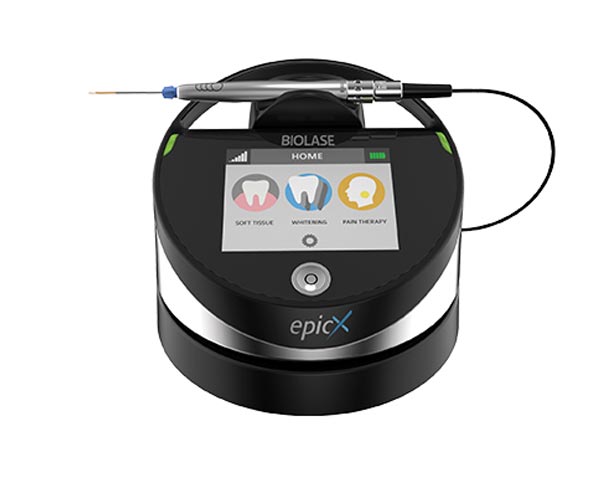
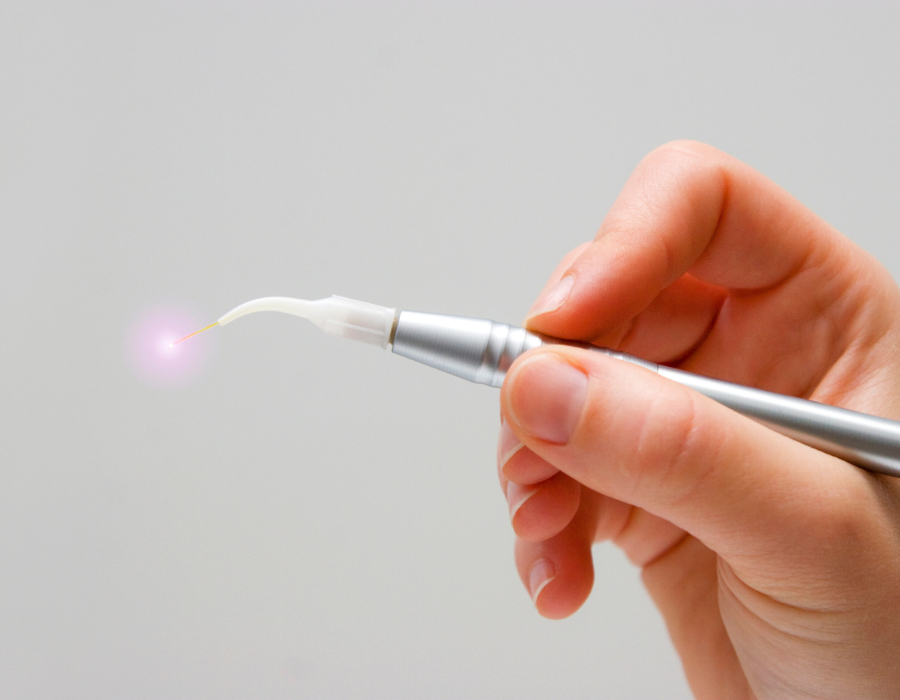

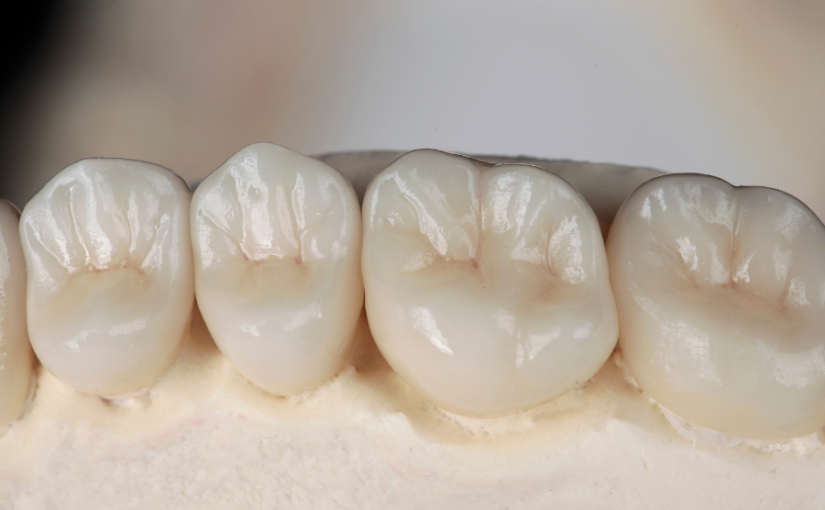


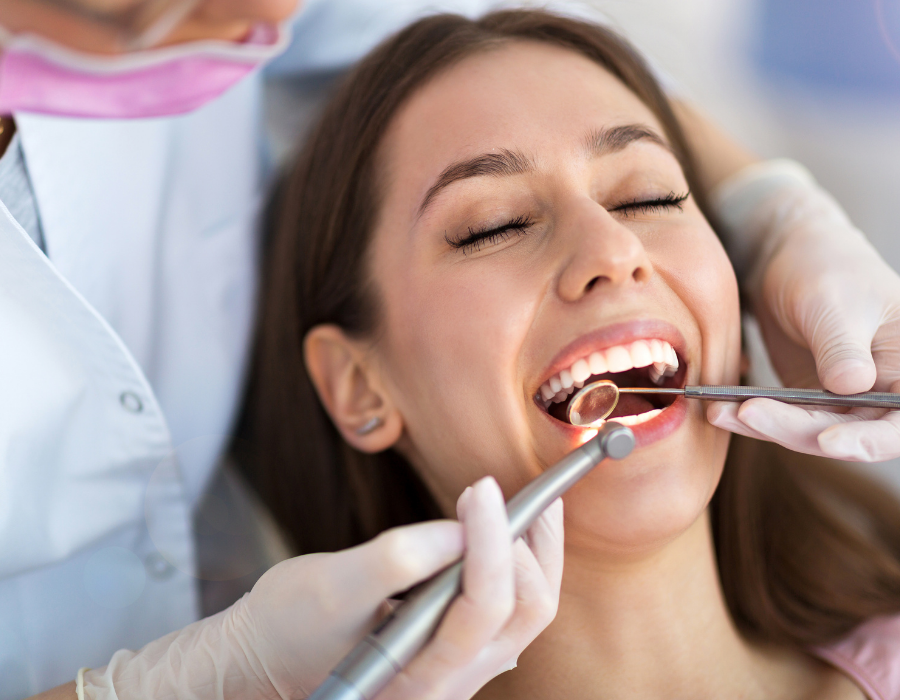
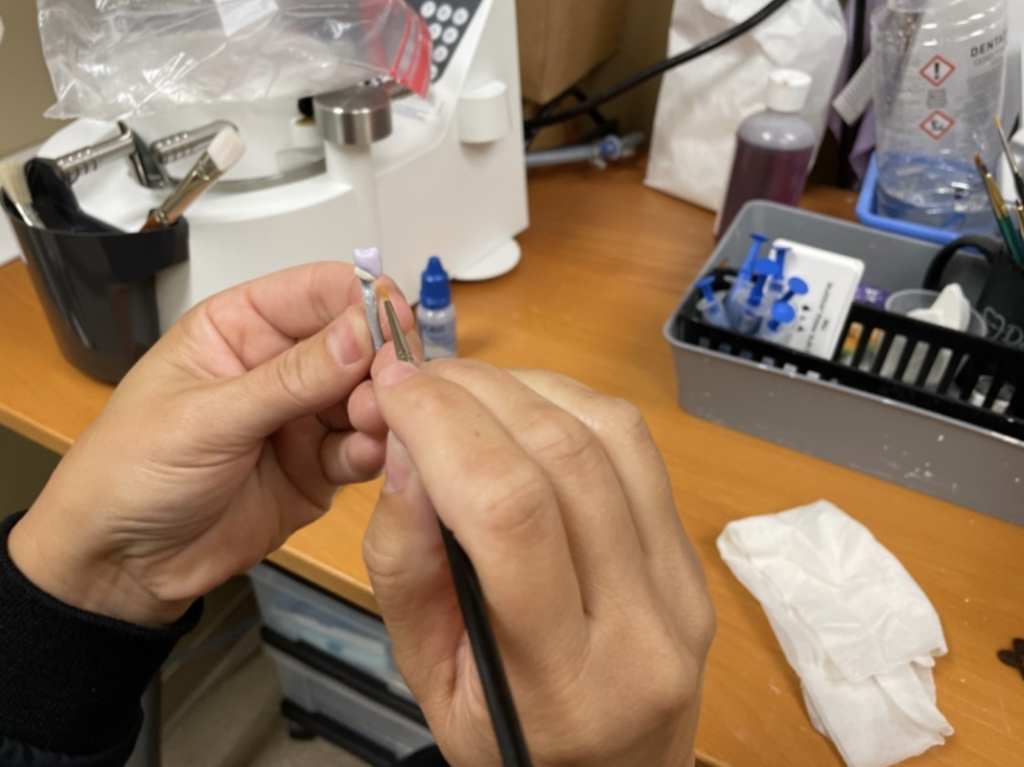

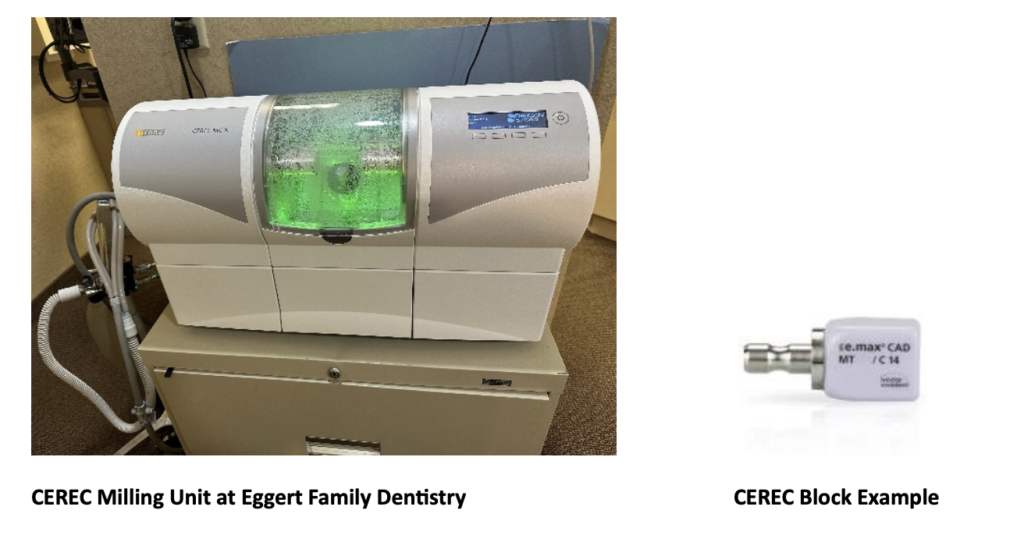

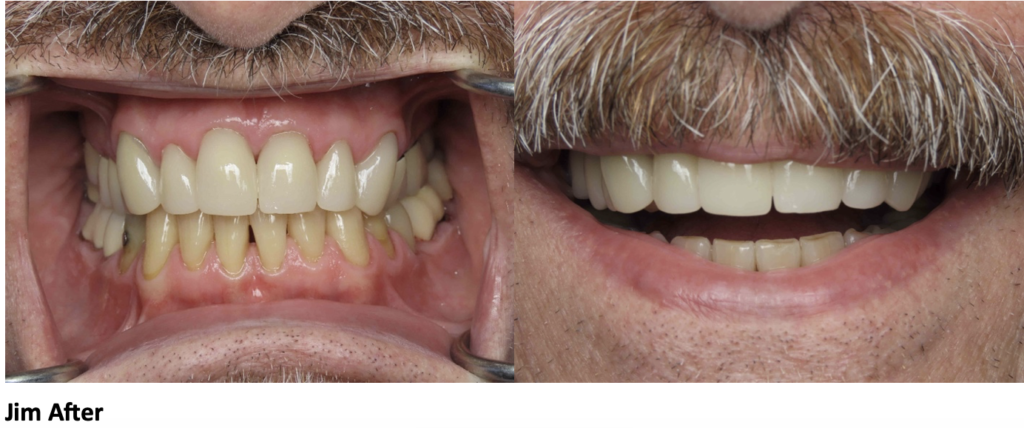
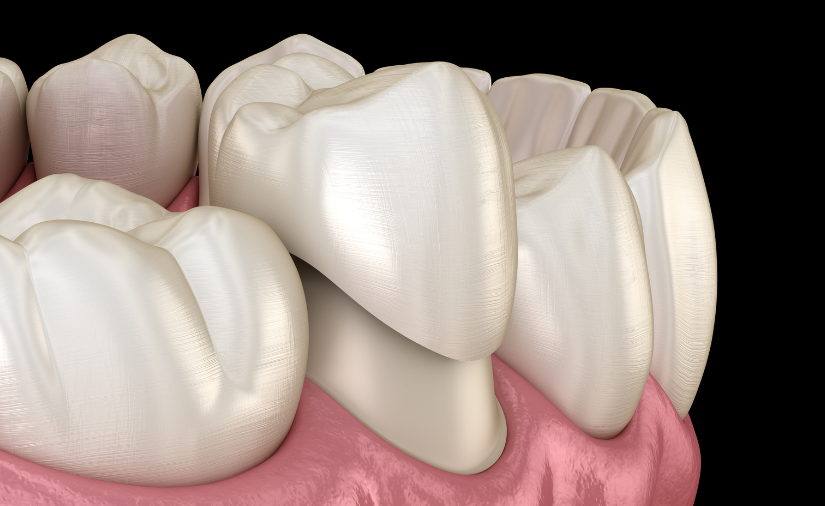

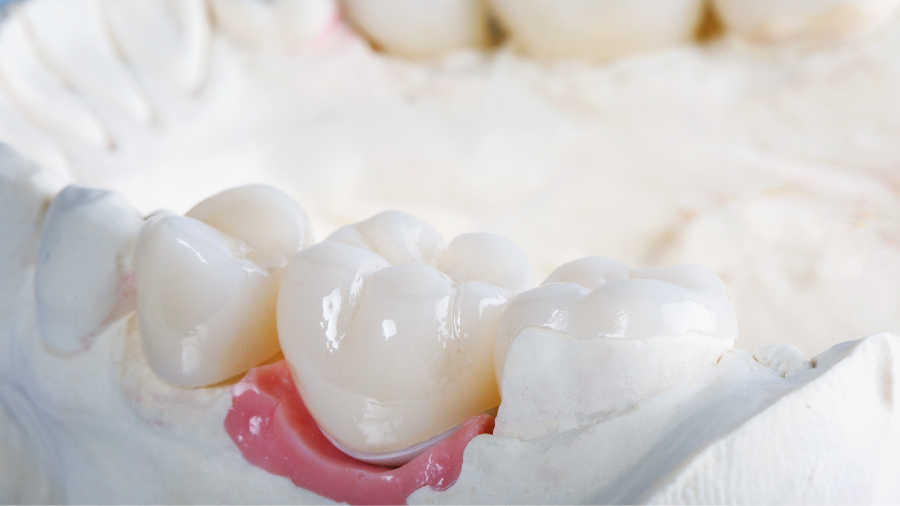

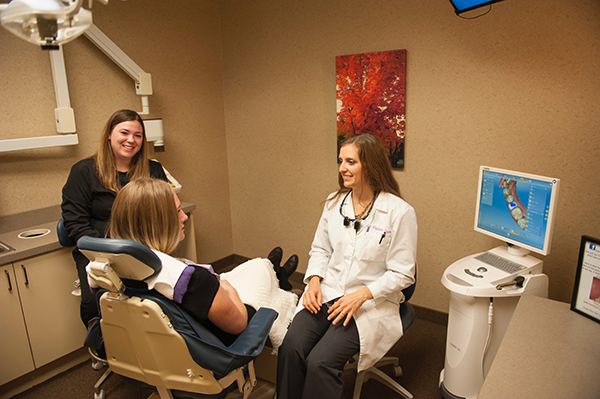
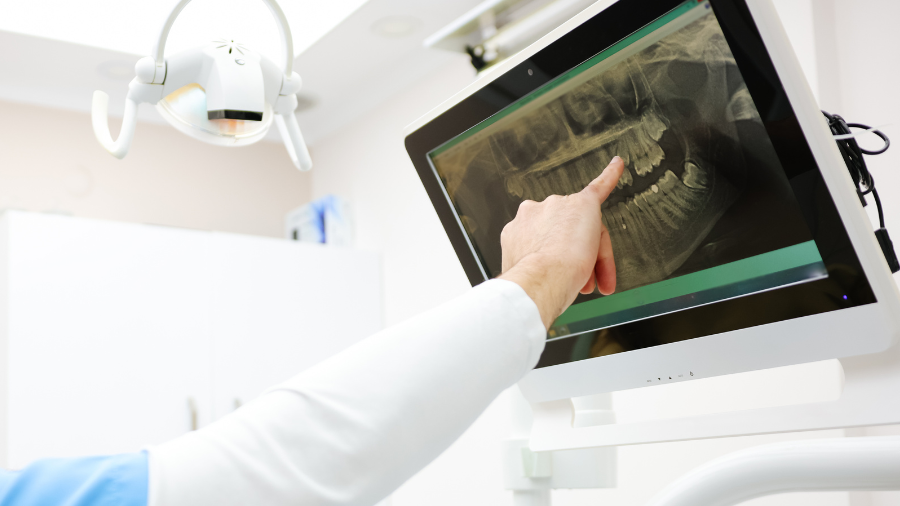
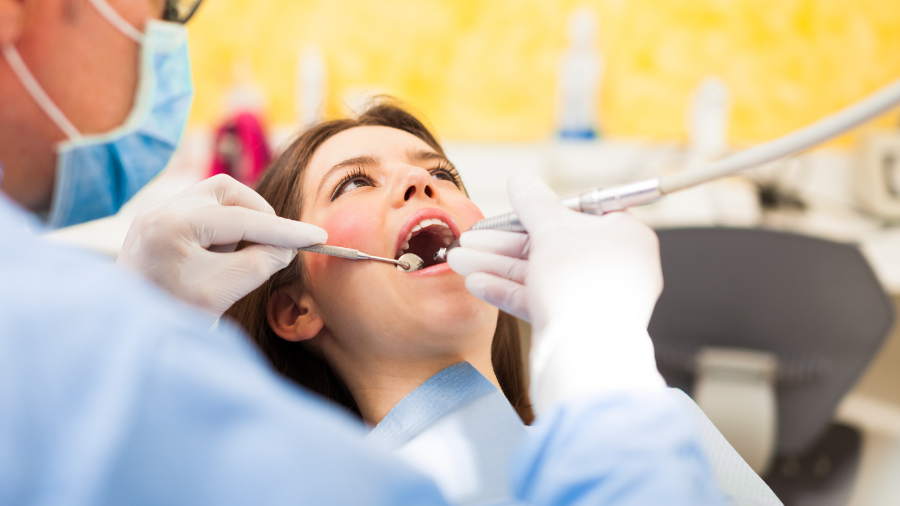
![Do I Need a Dental Crown? [Answered]](https://blog.eggertfamilydentistry.com/wp-content/uploads/2023/11/Do-I-need-a-crown-answered-825x506.png)
